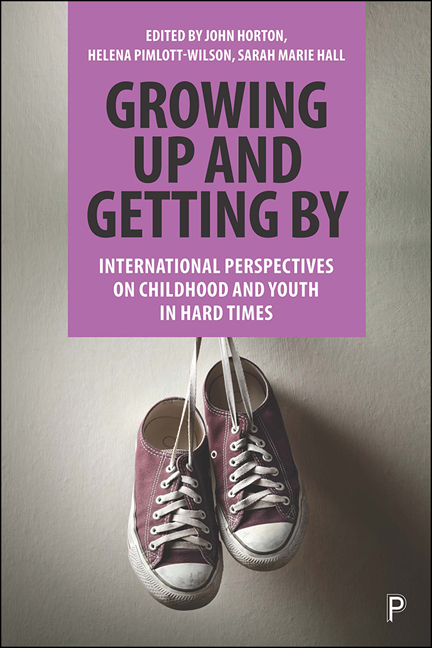2 - Reconceptualising inner-city education? Marketisation, strategies and competition in the gentrified city
Published online by Cambridge University Press: 18 December 2021
Summary
Introduction
This chapter highlights how far-reaching educational marketisation and the uneven geography of the Stockholm region together affect the strategies deployed by young people, their families and schools. Drawing from a Bourdieusian framework, we explore geography as a symbolic asset and how the gentrified and wealthier inner-city of Stockholm (Lilja, 2011; Clark, 2013) has become a ‘melting-pot’ (Webber, 2007) to the forces of marketisation. In an era of choice and competition this creates social, symbolic and educational division, as many well-resourced students leave their local school settings. At the same time, schools located in stigmatised areas struggle to keep up and still provide a good educational environments for students (Bunar, 2009; 2011).
The chapter begins with a summary of educational marketisation in Stockholm and Sweden from 1992 to 2019, outlining the various regulations that existed during this period. Among other things, we illustrate that some public post-16 schools were regulated by proximity zones until 2011, while students could apply to any independent school already in 1992. Next, the theoretical framework and methodological approach is explained. This is followed by an empirical exploration of the various ways that schools appropriate and profit from the inner-city. Next, we discuss students’ perceptions of the inner-city and inner-city schooling. Finally, we will show that the term ‘inner-city school’ is more than a name in Stockholm. It is a consecrated and hierarchical title, that is given to a certain group of elite schools. This title is used by students, teachers and principals at these schools as a sign of distinction. By providing this analysis, we argue that the definition of inner-city schools is contextually linked to national education systems and geographical hierarchies. As shown in a socio-historical article by Gamsu (2015), when the geographical foundations of the city changes, so do the possibilities for schools to attract students.
A transforming, urban educational market
Swedish students usually start compulsory education at the age of 7 and graduate from secondary school at the age of 16. These nine years of school are mandatory. Following secondary education, around 98% of students then continue directly to post-16 school. In 2018, this meant a transition of 352,286 students nationwide (Swedish National Agency of Education, 2019).
- Type
- Chapter
- Information
- Growing Up and Getting By , pp. 33 - 56Publisher: Bristol University PressPrint publication year: 2021

